Maurizio Ceccarelli - Professor, Director of the International Center for Study and Research in Aesthetic Medicine and Physiology, Scientific Referent and one of the founders of Plasma Lifting, Professor of the Department of Clinical Physiology of the Medical University of Barcelona (Spain) and Rome (Italy)
We must differentiate procedures and methods based on different types of fat. We must determine the type of obesity – hypertrophic (with a large cell) or hyperplasia, i.e. with many cells. The first type can be treated by activating lipolysis, the second requires lipoclasia (destruction of adipose tissue).
Currently to combat localized fat deposits, the method Apoptosis of Adipocytes, which allows you to get rid of adipose tissue without noticeable & nbsp; side effects. The purpose of this article – focus on the safety of methods used in the fight against localized fat deposits.
The most well-known methods of fighting body fat
In the case of hypertrophic obesity, we must activate lipolysis to reduce cell volume. Typically, lipolysis is carried out by injecting lipolytic mesotherapy preparations.
The treatment of hyperplastic forms of deposits requires the destruction of excess adipose tissue (lipoclasia). Basic procedures for lipoclasia – is liposuction laser, radio frequency or ultrasound. Or injections that affect adipose tissue.
Liposuction can leave bumps and various kinds of defects. But this happens if the method is used incorrectly. Laser, radio waves and ultrasound can cause an inflammatory reaction as a result of biological damage (fibrosis, necrosis). This is due to cell rupture and the release of a substance with a phlogogen effect. The release of inflammatory factors leads to the activation of the eicosanoid cascade as a result of the inflammatory response.
Very important to these treatments is the correct dosage to control cell damage. The main drug that is still used to break down fat is deoxycholate. Deoxycholate was first used in 2001 in Brazil by Dr. Rittes.
In her work, the Brazilian doctor used a drug called Lipostabil. The activity of deoxycholate determines the solubilization of cell wall lipids with its subsequent rupture. Rupture of the membrane leads to the initiation of an inflammatory reaction. Inflammatory damage leads to tissue damage followed by fibrosis.
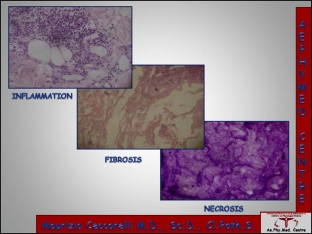
Here we see histology showing the clinical evolution of inflammation, fibrosis and finally necrosis.
Clinical data show a slight irritant response, in case of moderate concentrations, and tissue damage by necrosis, with irreversible consequences.
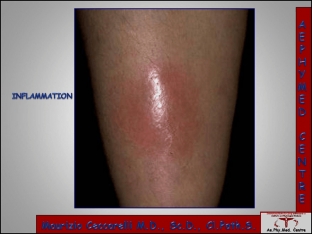
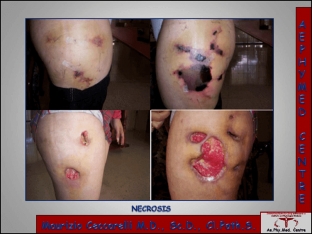
In 2009, our scientific team proved that damage is directly related to the concentration of deoxycholate. Especially dangerous was Lipostabil, which contained 4.75% deoxycholate. The scientific literature tells us that even very low concentrations of deoxycholate lead to cell death. In 2010, Lipostabil was discontinued worldwide. But there are still drugs on the market with 0.8% deoxycholate, which, if we use them, must be diluted to 0.4% to prevent an inflammatory reaction and possible side effects.
Adipocyte apoptosis as a new effective method against fat
To date, to combat localized fat deposits, we can use the method of adipocyte apoptosis, which allows you to get rid of apoptotic tissue without any side effects.
A feature of apoptosis, which differs from cell necrosis, is the absence of inflammation. The cell will be phagocytosed by macrophages without releasing inflammatory mediators.
Apoptosis is a biological process used by the body to reduce the number of cells. Cell Apoptosis can be used to reduce adipose tissue on the face (and body), it allows you to reduce, without side effects, the number of fat cells and, as a result, excess volume. The scientific literature states that doses of vitamin C between 0.12% and 0.24% induce apoptosis when it enters adipocytes
The role of vitamin C in the fight against body fat
There are many works in the literature that tell us that antioxidants play an important role in cell protection at low doses, and at high doses they become pro-oxidants. Now let's look at how the activation of the Apoptosis process works when using vitamin C.
In the presence of transition metals (iron ions), ascorbic acid (Vitamin C) activates the Fenton reaction with the release of free radicals such as Hydroxyl. The increase in free radicals determines, at the cellular level, the activation of calcium channels with an intracellular increase in this ion.
We have already said that an increase in calcium ions leads to an increase in mitochondrial permeability with the release of cytochrome C and activation of the caspase cascade. In particular, cell death occurs through the final activation of endonuclease, which fragments the nucleus, and protease, which divides the cell into small portions (apoptotic bodies) and releases phosphate-idyl-serine residues on the cell surface. Phosphate-idylserine residues make heterologous apoptotic bodies that stimulate phagocytosis and digestion
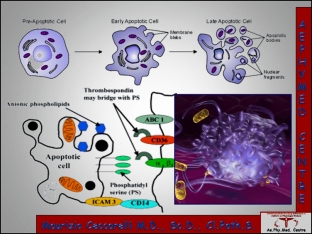
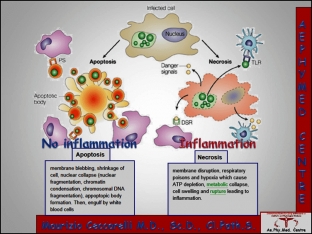
We have shown that the specificity of apoptosis, which distinguishes it from cell necrosis, is the absence of inflammation. The cell is phagocytosed by macrophages without the release of inflammatory mediators. Important point! We must be sure that the concentration of Vitamin C, despite the visible results, will not cause damage to the cell wall.
The generated free radicals, in NOT excessive concentration, are known to induce apoptosis. And in abundance they can oxidize cell walls, damaging them, and cause break last.
It is possible to differentiate apoptosis from necrosis using a microscope and fluorescent substances of different colors. If Annexina V (annexin V) is positive, this characterizes apoptosis. Positive Annexina V and propidium iodide (PI) characterize necrosis.
We were also able to verify the absence of necrosis clinically by measuring the absence of an inflammatory reaction in the tissues. The assessments carried out allow us to state that the concentration of 40 mg of ascorbic acid / ml is safe. Applying the van't Hoff law, we see how osmotic pressure is related to molar concentration and ascorbic acid.
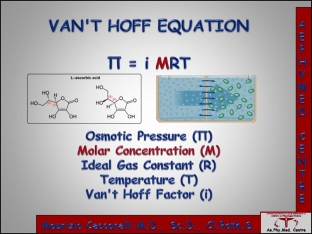
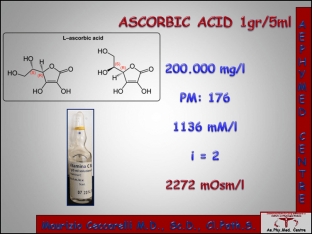
Indeed, applying the van't Hoff law, we see how osmotic pressure is related to molar concentration and ascorbic acid. Thus, when using ascorbic acid, we must dilute it with distilled water, seven times the initial volume.
Practical features of the application of adipocyte apoptosis
Adipocyte apoptosis was originally used to remove excess body fat. For this, we use a concentration of 25-35mg per milliliter, injecting the drug into adipose tissue with a 30G and 6mm needle. We introduce the solution into all areas with & nbsp; excess localized fat deposits. The results are visible very quickly, but, as you understand, they depend on the amount of adipose tissue that we are going to process. Result after 2 sessions:
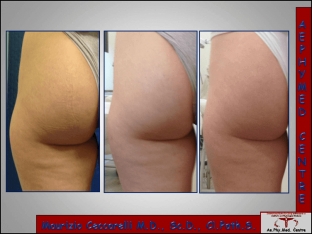
Read also: "Maurizio Ceccorelli: skin damage during biostimulation: which collagen is more useful"
Apoptosis stimulation can also be carried out at the level of the face, for optimization beauty triangle. This procedure is included in the general protocol "Face Sculpture" (Face Sculpture). It also includes bone regeneration at the level of the cheekbones and the process of apoptosis of the lower part of the face. Cellular apoptosis can be stimulated in all areas of the face and body with excess volumes of adipose tissue. In this case, we use a concentration of 12.5 milligrams per milliliter, with a needle 30 G 4 mm. The results are visible very quickly, in 2-3 days:
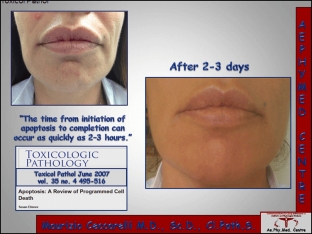
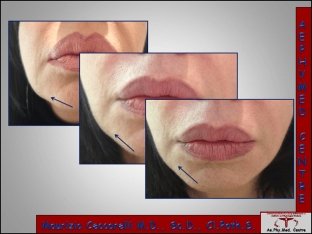
The method can be used for "bags" under the eyes. They can be reduced by local induction of Adipocyte Apoptosis. The apoptosis solution is injected directly into the fat deposit. Inject 2.5 mg ascorbic acid solution using a 4 mm 30G needle just above the inferior orbital arch.
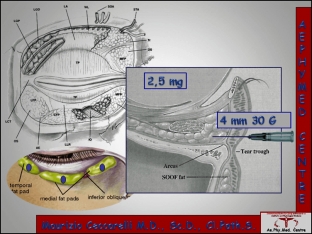
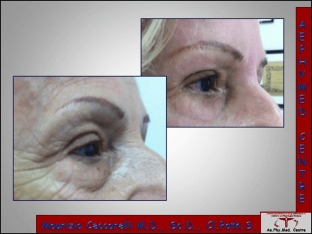
These are the results you can get after one treatment.









Add a comment